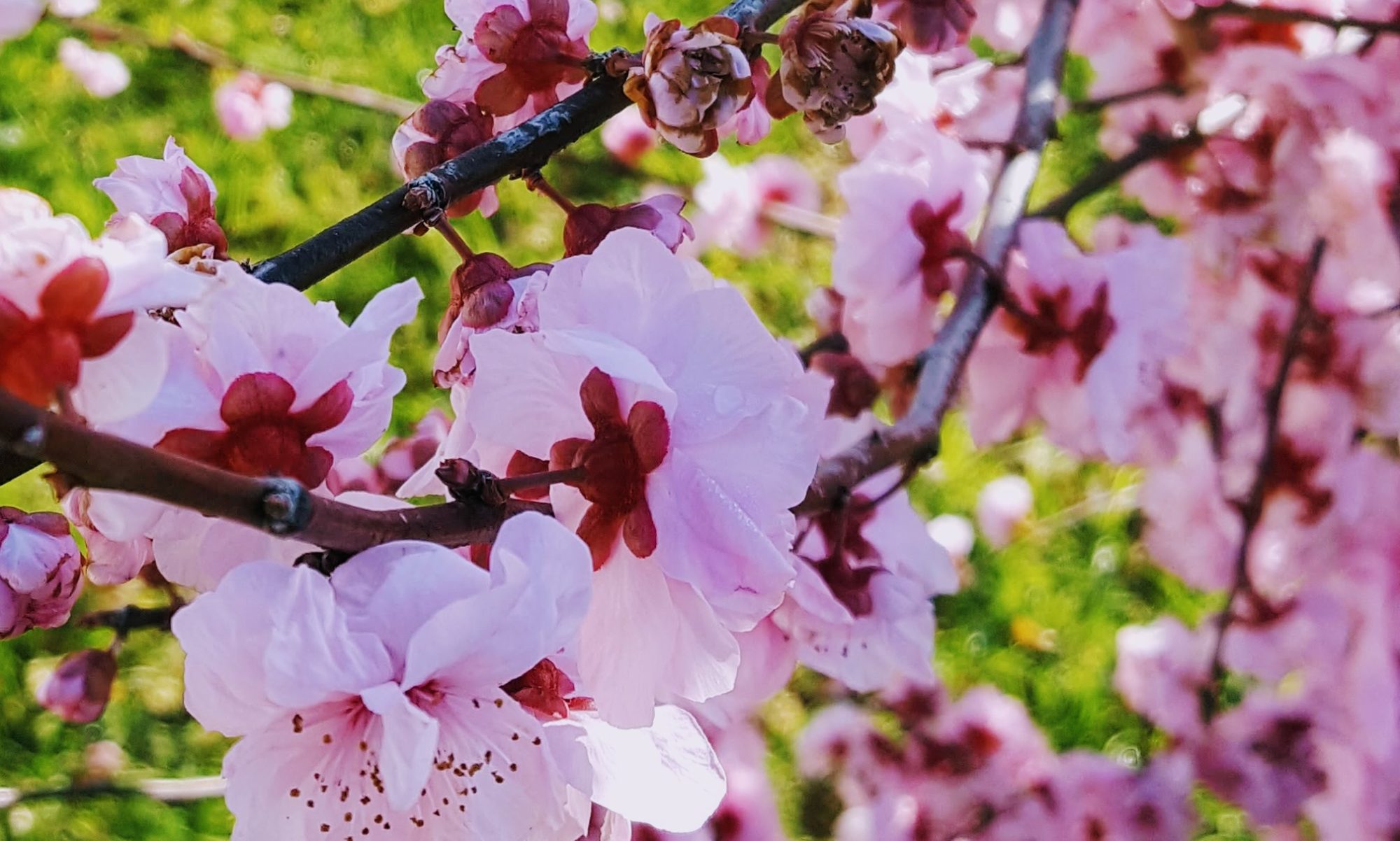The spark for this week’s post was to discuss the importance of the ‘where’ of dramatic writing. What follows is my thoughts while meandering around the streets of my inner-city village, less instructional than previous posts. (For a terrific introduction to thinking about the ‘where’ of a scene and how to combine it with characters, story and a provocative image, check out the books in this post here, particularly those by Wright and Van Itallie.)
1.
I started this post walking around my gentrifying neighbourhood. Where there used to be garages and places where mechanics worked there now lie pilates and yoga studios.
2.
This is no accident. The body has now become our vehicle, the thing to be worked on rather than in; a thing that we can repair and display rather than feel is us.
3.
Whatever the instructors might say or might believe or genuinely feel about their own bodies, capitalism always has a way of implying its stories through architecture, in conflict with what the inhabitants of the building assume and want.
4
This is also what setting in theatre and screen can suggest. Great writing makes use of what the setting suggests about a situation, society, the body and the past. The writer is conscious of the effect and takes responsibility for deploying it. And leaves enough space for audiences to witness what is going on and figure it out for themselves.
5.
Adaptations of classic works resemble the yoga studio refits of a mechanical workshop. The adaptation reflects more of the story of our present selves, shaped by the past. Which is probably as it should be: especially in the theatre, there is no getting away from the present, unless you make a spectacle of yourself and walk out.
6.
Setting. It’s an active word, ending with an “-ing” – for the writer, it’s useful to ask, what is the place actually doing? What is setting? What is falling? What is rising? What does that do to the lives of my characters? Are they setting, like concrete? Or are they fighting the shaping of their lives, shapes that they may not comprehend or recognise have a history?
—
The photo? It’s a view from the Millenial Bridge in London at sunset a few years ago. I edited it for dramatic effect – obviously.

